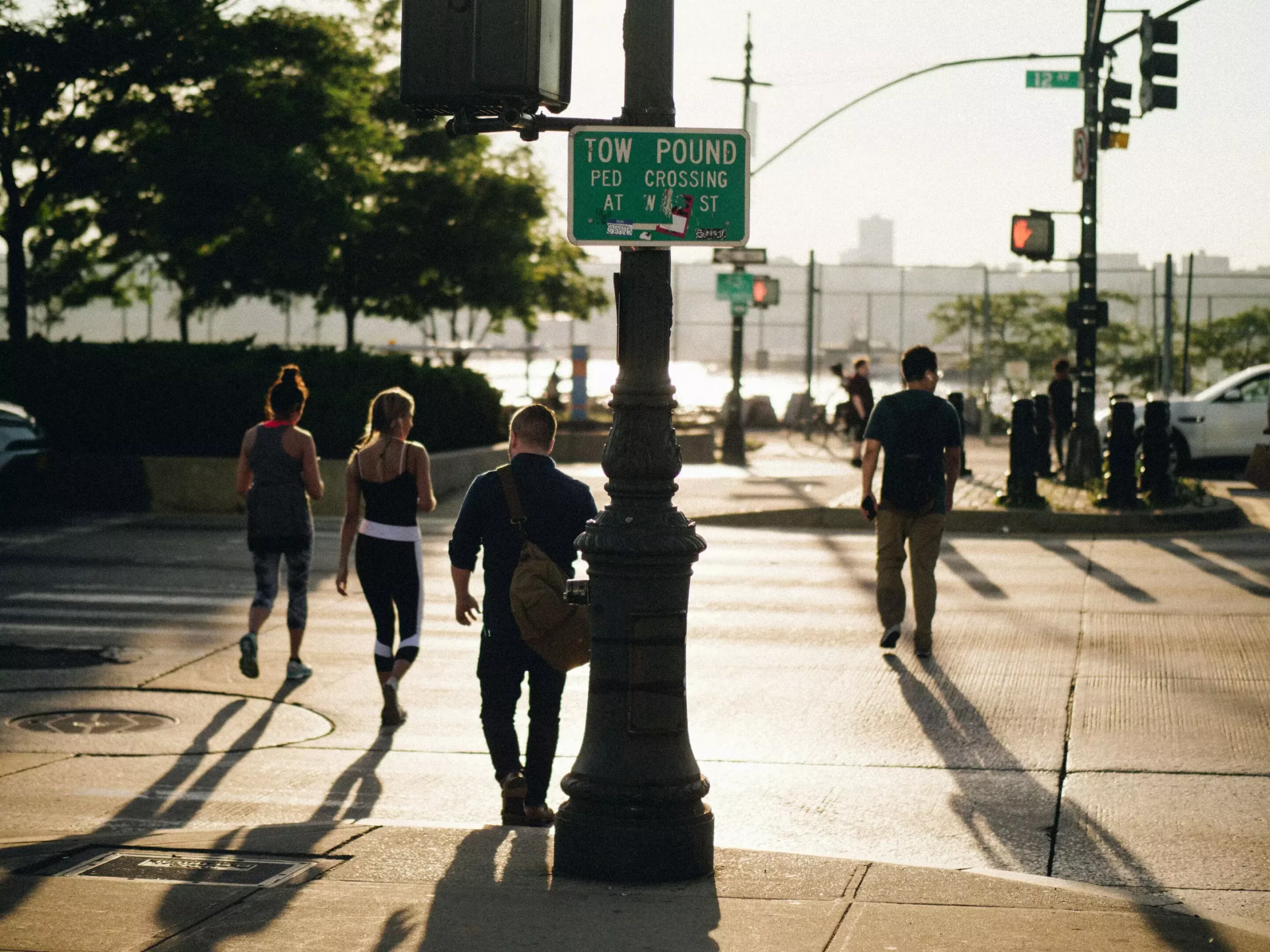Urban areas are increasingly becoming epicenters of pollution, with non-exhaust vehicle emissions posing significant health risks to pedestrians and cyclists. These pollutants, which mostly consist of fine particles released from brakes, tires, and roadway wear, are often invisible yet pervasive. A recent study conducted by researchers at the University of Birmingham sheds light on this pressing issue, suggesting that immersive technologies, such as virtual reality (VR), could play a pivotal role in raising awareness and promoting safer urban navigation.
As cities strive to tackle air quality challenges, it’s evident that conventional approaches may not suffice. Traditional emissions regulations primarily focus on exhaust emissions from vehicles, while neglecting the less visible but equally harmful non-exhaust pollutants. Research indicates that these pollutants contribute significantly to health issues, including respiratory problems and cardiovascular diseases. Thus, a shift in focus towards understanding and visualizing these hidden threats is crucial.
Engaging the Public Through VR Experiences
The innovative approach proposed by the Birmingham team involves leveraging VR technologies to simulate the dispersion of non-exhaust emissions in urban environments. By employing sophisticated computational fluid dynamics models, the researchers created an engaging platform for users to experience and learn about the dangers of these pollutants in a realistic urban setting. Public engagement is paramount, as it allows individuals to recognize when and where their exposure to harmful particles is greatest.
The Birmingham city center, known for its high population density and significant contributions to PM2.5 emissions, served as an ideal testing ground for the VR simulations. The fact that citizens can visualize pollution pathways empowers them to make informed decisions while navigating their cities. With this immersive experience, users can better understand the association between specific behaviors—such as crossing at pedestrian signals or waiting at bus stops—and their exposure risk.
Revisiting Urban Planning Strategies
Beyond individual behavior change, the implications of this research could extend to urban planning policies. The study underscores the necessity for city planners to reconsider the placement of public amenities, such as bus stops and pedestrian crossings. The findings indicated that exposure risks peak at critical moments, particularly during braking events, which are often coincident with high pedestrian traffic areas. Thus, these danger zones often overlap with locations of frequent public interactions, such as pedestrian crossings and bus stops.
This outcome highlights an urgent need for improved urban design that prioritizes air quality. By using VR to visualize traffic patterns and pollution dispersion, urban planners can devise strategies that enhance public safety and reduce exposure to harmful air pollutants. This proactive approach could lead to cleaner air in urban environments, fostering healthier communities.
As cities around the globe grapple with air quality issues exacerbated by vehicle emissions, the integration of innovative technologies like virtual reality presents a promising frontier for educational and policy interventions. The University of Birmingham’s research illustrates the dual potential of VR: raising public awareness and influencing urban planning practices. This kind of initiative not only empowers individuals to navigate their cities more safely but also pushes for structural changes that could lead to sustained improvements in urban air quality. Embracing such forward-thinking strategies is essential in the continuous fight against urban pollution and its detrimental health impacts.


Leave a Reply